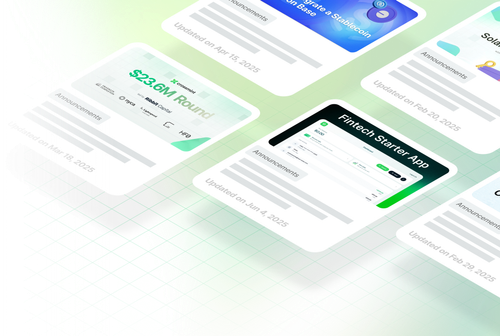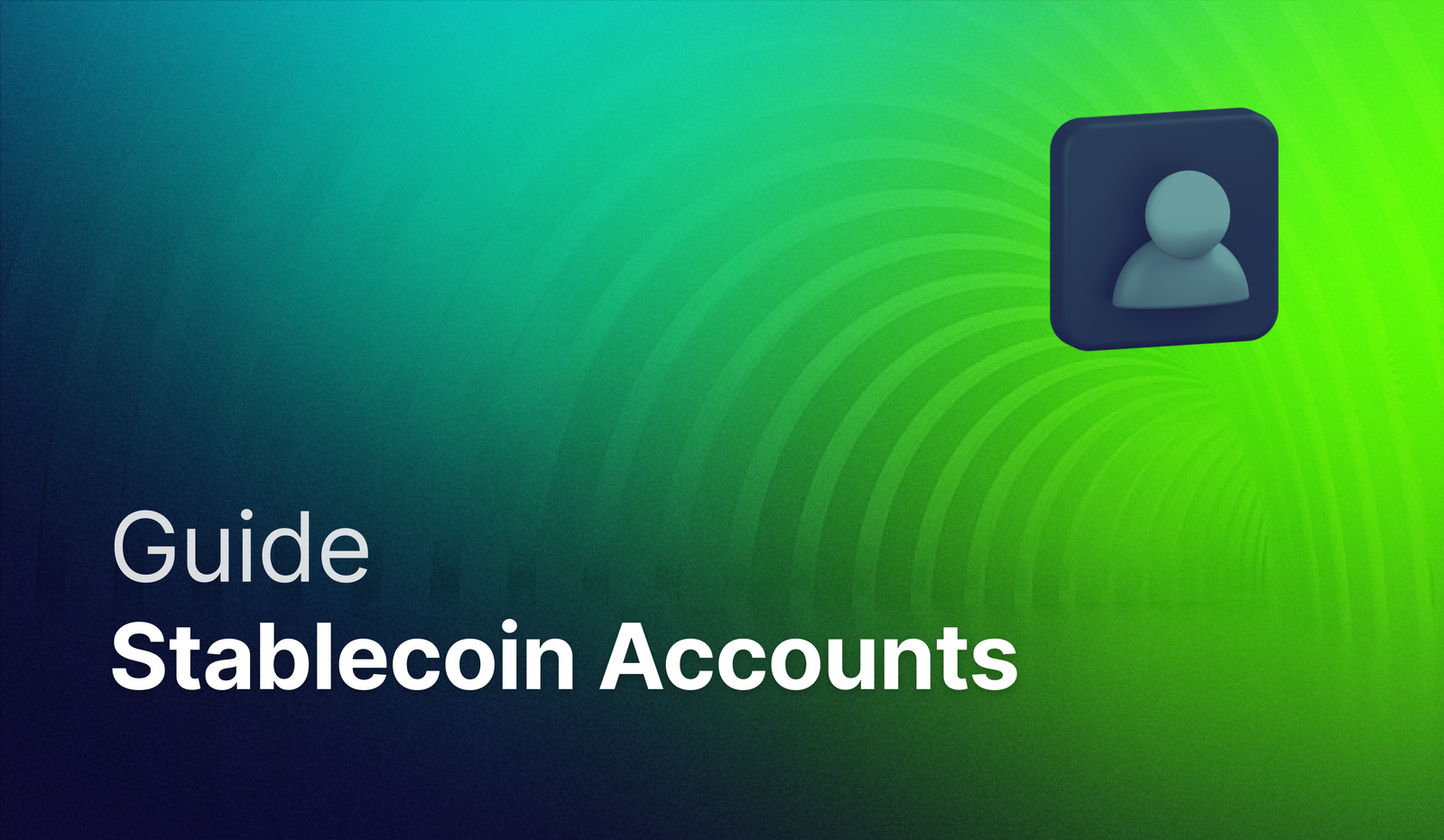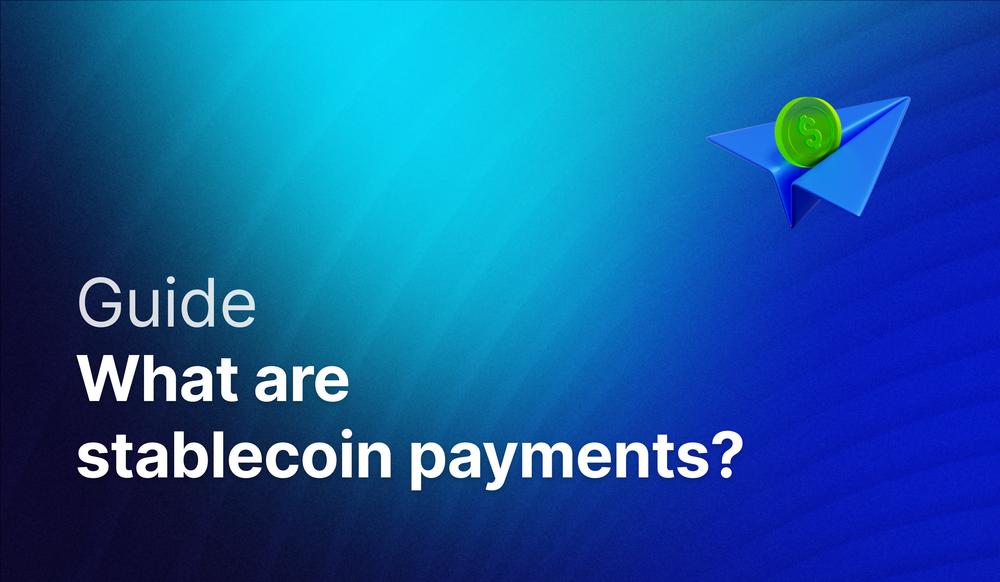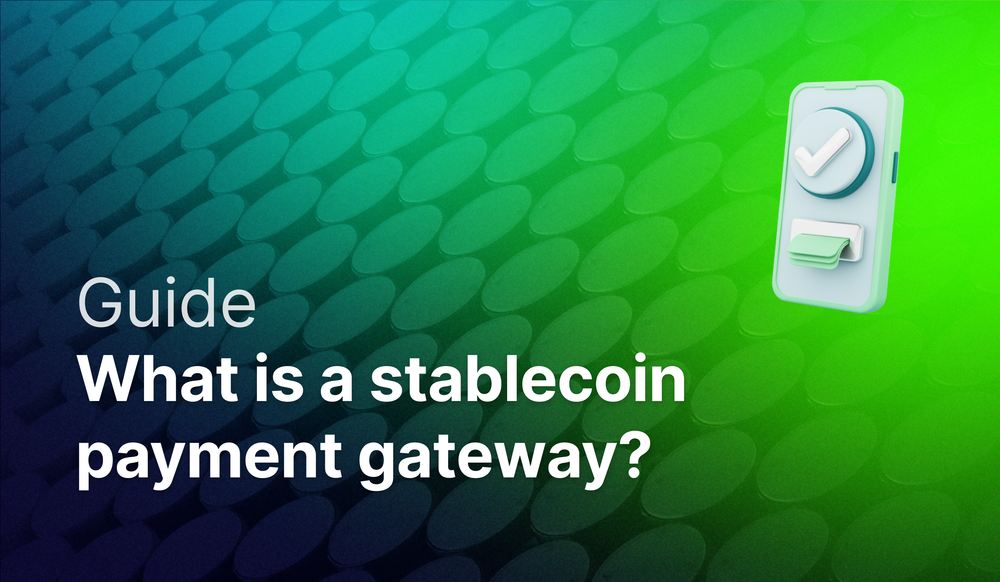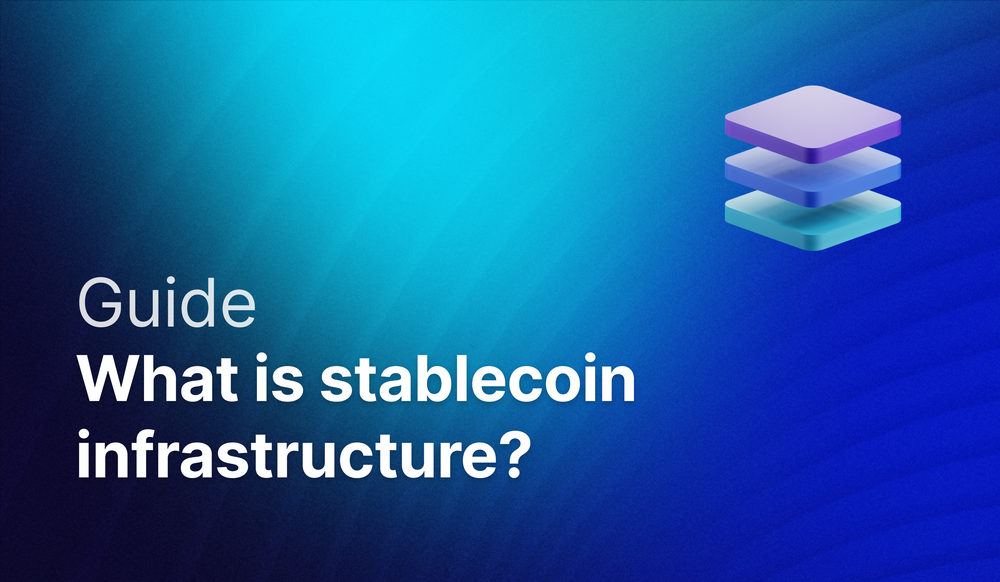Stablecoin accounts are digital financial accounts that hold stablecoins and offer stablecoin-based financial products like yield, trading, loans and more. Unlike traditional bank accounts, stablecoin accounts operate globally on blockchain rails, enabling instant, low-cost stablecoin payments around the clock without intermediaries.
These accounts function as the digital equivalent of checking accounts but with key advantages. Users can send and receive value globally within seconds for a fraction of traditional transaction costs. The underlying wallet infrastructure handles custody, security, and transaction processing.
For businesses, stablecoin accounts offer a huge competitive advantage for remittance companies dealing with cross-border payments, payroll providers that need cheaper and faster global payouts, and neobanks looking to scale fast and enter new markets.
How Do Stablecoin Accounts Work?
Stablecoin accounts work on top of wallet infrastructure that generates unique blockchain addresses for each account holder. Companies can programmatically create and manage thousands of accounts for businesses and users via API integrations. Stablecoin account providers like Crossmint handle KYC verification workflows and compliance requirements through their wallet infrastructure APIs, simplifying regulatory obligations.
Funding stablecoin accounts at scale happens through two approaches:
Stablecoin Onramp: A plug-and-play widget that businesses integrate directly into their platform. The onramp includes built-in payment processing for debit/credit cards, Apple/Google Pay, and bank transfers. End users can purchase stablecoins directly, and the onramp handles the fiat-to-crypto conversion seamlessly.
Stablecoin Orchestration: Companies bring their own payment processor and use orchestration platforms to deliver stablecoins to end users. Businesses can either pre-fund a fiat account and call the API to deliver stablecoins on-demand, or transfer stablecoins in real-time when fiat payments hit their account. This approach gives companies more control over their payment infrastructure while outsourcing the complexity of stablecoin delivery.
Both approaches abstract away technical complexity like gas fees, transaction monitoring, and multi-chain management, allowing businesses to automate complex payment flows without blockchain expertise.
What's the Difference Between Stablecoin Accounts and Traditional Bank Accounts?
Stablecoin accounts differ from traditional bank accounts primarily in their infrastructure, operating on blockchain networks that enable instant settlement around the clock, while banks rely on legacy payment rails that can take multiple business days to process transactions.
Traditional bank accounts use systems like ACH, SWIFT, or wire transfers that operate only during business hours. Banks also act as custodians, controlling access to your funds and potentially freezing accounts based on internal policies.
Stablecoin accounts operate on blockchain networks that never close. Stablecoin payments settle instantly at any time, including weekends and holidays. The permissionless nature of blockchain means anyone with internet access can create an account without requiring approval from a financial institution.
While traditional banks offer services like loans and credit cards, stablecoin account providers enable companies to easily offer new stablecoin-based financial services like yield-generating products, cryptocurrency trading, and lending, unlocking additional revenue streams. A remittance company can evolve into a comprehensive fintech platform servicing any financial need for their users. Major companies like MoneyGram are modernizing by adopting stablecoins in this way, expanding beyond payments into broader financial services.
What Are the Benefits of Using Stablecoin Accounts?
The primary benefits of stablecoin accounts include significantly faster settlement times, dramatically lower transaction costs, programmable payment automation, and global accessibility for both businesses and their customers or employees.
Speed and settlement: Cross-border stablecoin payments that traditionally take multiple business days through banks complete in minutes. Companies can process payroll for teams across time zones without waiting for banking hours.
Cost efficiency: Traditional international wire transfers cost significantly more per transaction compared to stablecoin payments, which typically cost a fraction of conventional fees. For companies processing large volumes of payments monthly, these savings become substantial. The stablecoin onramp fees are also generally lower than traditional currency conversion spreads.
Financial services: Stablecoin account providers enable companies to easily offer additional stablecoin-based financial services like yield-generating products and cryptocurrency trading directly within their platforms.
Global accessibility: Stablecoin accounts provide banking-like services to populations lacking access to traditional financial institutions, opening new markets for businesses serving international customers or remote workforces.
How Can Businesses Get Started with Stablecoin Accounts?
Businesses can get started with stablecoin accounts by partnering with an all-in-one platform that provides the complete infrastructure needed to implement stablecoin rails within weeks.
Crossmint offers a unified solution combining wallet infrastructure, stablecoin orchestration, and stablecoin onramps to simplify stablecoin integration. With easy-to-use stablecoin APIs requiring no blockchain expertise, businesses can embed complete stablecoin account functionality into their platforms without building infrastructure from scratch.
Crossmint's smart wallet architecture ensures no vendor lock-in, giving businesses flexibility as they scale. The forward-deployed team works directly with your engineers to accelerate implementation and turn stablecoins into a competitive advantage for your business. Whether you're building global payroll solutions, neobank infrastructure, or remittances, Crossmint gets you to market faster with the tools enterprise fintechs trust.
Interested in learning how stablecoins can become your competitive advantage?
Reach out here.


